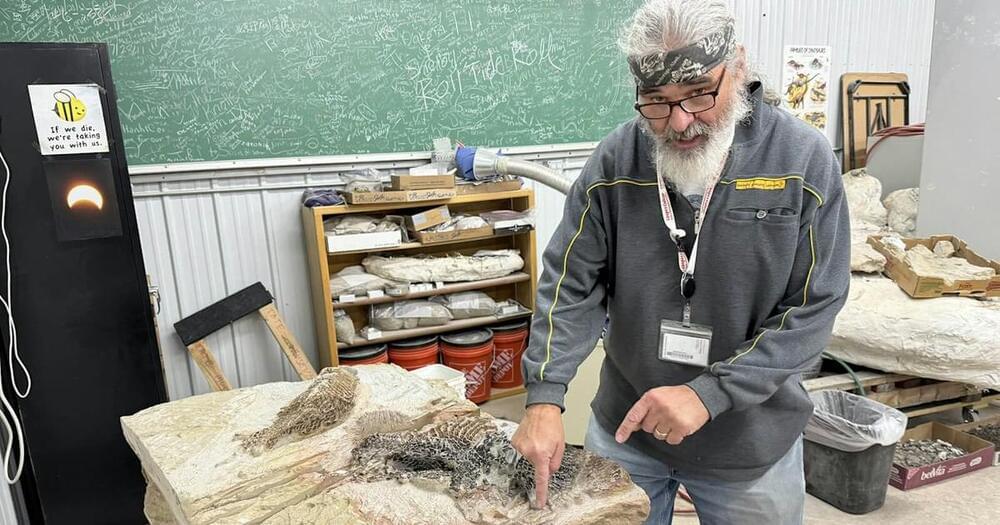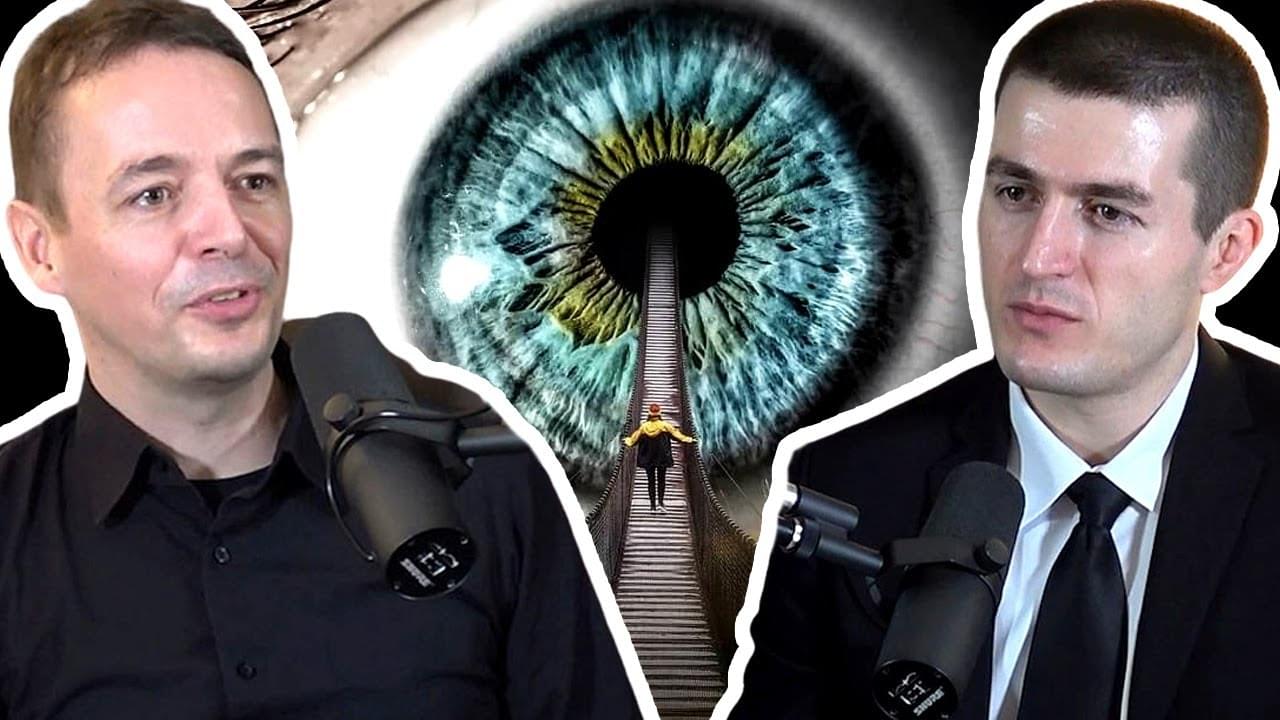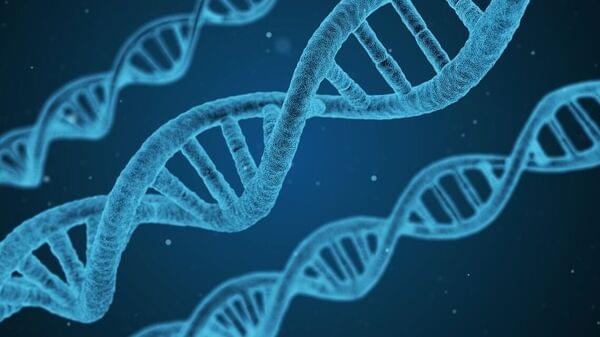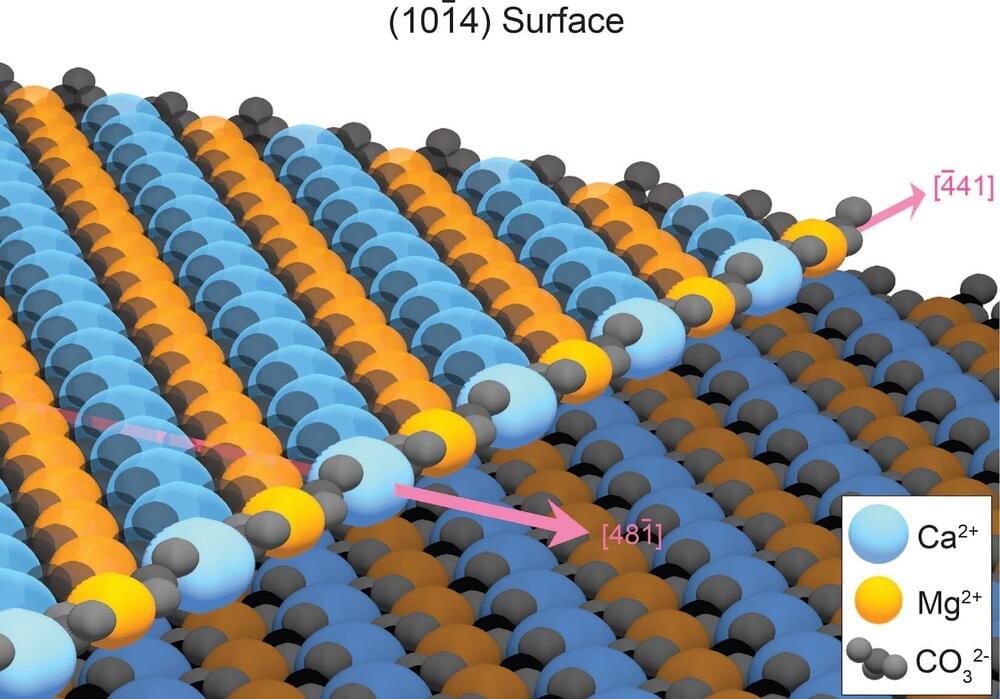The Sirius 16 is perhaps the first gaming laptop to ship with Linux, equipped with impressive hardware from AMD’s latest mobile Ryzen CPU and Radeon GPU.
To try everything Brilliant has to offer—free—for a full 30 days, visit http://brilliant.org/ArtemKirsanov/
The first 200 of you will get 20% off Brilliant’s annual premium subscription.
My name is Artem, I’m a computational neuroscience student and researcher. In this video we discuss the Tolman-Eichenbaum Machine – a computational model of a hippocampal formation, which unifies memory and spatial navigation under a common framework.
Patreon: https://www.patreon.com/artemkirsanov.
Twitter: https://twitter.com/ArtemKRSV
OUTLINE:
00:00 — Introduction.
01:13 — Motivation: Agents, Rewards and Actions.
03:17 — Prediction Problem.
05:58 — Model architecture.
06:46 — Position module.
07:40 — Memory module.
08:57 — Running TEM step-by-step.
11:37 — Model performance.
13:33 — Cellular representations.
17:48 — TEM predicts remapping laws.
19:37 — Recap and Acknowledgments.
20:53 — TEM as a Transformer network.
21:55 — Brilliant.
23:19 — Outro.
REFERENCES:
1. Whittington, J. C. R. et al. The Tolman-Eichenbaum Machine: Unifying Space and Relational Memory through Generalization in the Hippocampal Formation. Cell 183, 1249–1263.e23 (2020).
2. Whittington, J. C. R., Warren, J. & Behrens, T. E. J. Relating transformers to models and neural representations of the hippocampal formation. Preprint at http://arxiv.org/abs/2112.04035 (2022).
3. Whittington, J. C. R., McCaffary, D., Bakermans, J. J. W. & Behrens, T. E. J. How to build a cognitive map. Nat Neurosci 25, 1257–1272 (2022).
CREDITS:
Since I like AI and I’m possibly going into Cyber Security. This is a great use for AI. Catching cyber threats in real time. It’s ML of course.
Powered by artificial intelligence and machine learning, Palo Alto Networks Zero Trust approach unifies network security for companies so they can focus on what they do best.
For IT leaders, building a safe and secure network used to be much easier. Before companies had multiple locations due to hybrid work, data was stored on-site, and employees only accessed it from those locations. Nowadays, with workers logging in remotely, and from a variety of devices, securing data has become significantly more complex. Additionally, many organizations have taken their networks and applications to the cloud, further complicating their security architectures and putting them at risk of cyberattacks.
A rancher in Converse County discovered at least seven fossilized gar fish believed to be between 50 — 55 million years old. After hundreds of hours of work, the specimens are on display at the Tate Museum in Casper.
A team of chemists at McGill University, working with a colleague from Charité-Universitätsmedizin, in Germany, has uncovered part of the process used by mussels to bind to rocks and to quickly release from them when conditions warrant.
In their project, reported in the journal Science, the group studied the interface between mussel tissue and the bundle of filaments that mussels use to anchor themselves to rocks and other objects. Guoqing Pan and Bin Li, with Jiangsu University and Soochow University, both in China, have published a Perspective article in the same journal issue outlining the work done by the team on this new effort.
Mussels are bivalve mollusks that live in both fresh and saltwater environments. They have hinged shells that are joined by a ligament. Muscles ensure a tight seal when the shell is closed. Mussels use byssus threads (known commonly as a beard) to attach themselves to solid objects such as rocks.
Astronomers have detected a rare and extremely high-energy particle falling to Earth that is causing bafflement because it is coming from an apparently empty region of space.
The particle, named Amaterasu after the sun goddess in Japanese mythology, is one of the highest-energy cosmic rays ever detected.
Full episode with Joscha Bach (Jun 2020): https://www.youtube.com/watch?v=P-2P3MSZrBM
Clips channel (Lex Clips): https://www.youtube.com/lexclips.
Main channel (Lex Fridman): https://www.youtube.com/lexfridman.
(more links below)
Podcast full episodes playlist:
Podcasts clips playlist:
Podcast website:
https://lexfridman.com/ai.
Podcast on Apple Podcasts (iTunes):
https://apple.co/2lwqZIr.
Podcast on Spotify:
Picture this: You’re in a conference room, surrounded by a mix of designers, engineers and strategists, all eager to brainstorm your company’s next big innovation. Could a machine be more effective at guiding this brainstorming session than your human team? It may sound counterintuitive, but AI is not only catching up to human creativity — it’s excelling in ways that could redefine how we approach innovation.
Related: How To Use Entrepreneurial Creativity For Innovation
The groundbreaking gene-editing technology known as Crispr, which acts like a molecular pair of scissors that can be used to cut and modify a DNA sequence, has moved rather quickly from the pages of scientific journals to the medical setting. Earlier this month, about three years after Jennifer Doudna and Emmanuelle Charpentier won the Nobel Prize in Chemistry for describing how bacteria’s immune system could be used as a tool to edit genes, regulators in the U.K. approved the first Crispr-based treatment for sickle cell disease and beta-thalassemia patients. The treatment, from Vertex Pharmaceuticals and Crispr Therapeutics, could be approved by the U.S. Food and Drug Administration early next month for sickle cell patients.
While many obstacles lie ahead for the nascent field, such as how to pay for treatments that typically cost more than $1 million, these regulatory approvals are just the start as newer gene-editing technologies such as base and prime editing make their way through human studies. In an interview, Prof. Doudna says the approval is “a turning point in medicine because it really shows how genome editing can be used as a one-and-done cure for disease.”
Gene editing is part of a broader therapeutic revolution that encompasses genetic and cellular medicine. The pills and injections we are all familiar with generally target proteins or pathways in the body to treat disease. With gene and cell therapy, we can now target the root cause of disease, sometimes curing patients.
For 200 years, scientists have failed to grow a common mineral in the laboratory under the conditions believed to have formed it naturally. Now, a team of researchers from the University of Michigan and Hokkaido University in Sapporo, Japan have finally succeeded, thanks to a new theory developed from atomic simulations.
Their success resolves a long-standing geology mystery called the “Dolomite Problem.” Dolomite—a key mineral in the Dolomite mountains in Italy, Niagara Falls, the White Cliffs of Dover and Utah’s Hoodoos—is very abundant in rocks older than 100 million years, but nearly absent in younger formations.
“If we understand how dolomite grows in nature, we might learn new strategies to promote the crystal growth of modern technological materials,” said Wenhao Sun, the Dow Early Career Professor of Materials Science and Engineering at U-M and the corresponding author of the paper published today in Science.









